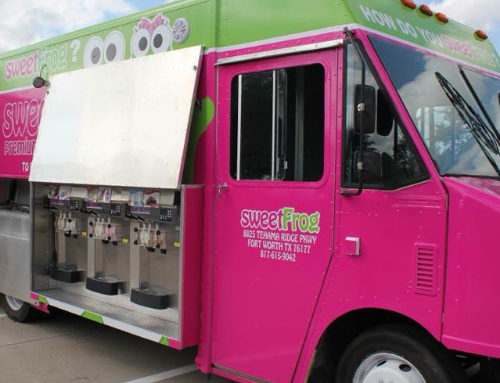Five Steps To Ensure Your Re-Brand/Acquisition Is A Win-Win
Every business has its own blueprint for growth, but in my opinion, the best way to grow fast and become big is to follow the lead of the banks.
You’ve probably seen it happen. A small bank in a small town suddenly changes its name and becomes a part of a larger bank. And, maybe after a while, that bank is bought by another bank, and now your small town has a national big-name bank.
That’s what my company, sweetFrog, has been doing with yogurt. We have been purchasing high-quality yogurt shops and rebranding them into sweetFrog establishments. It’s a plan that has been working out well for us. In 2015, Boxwood Capital Partners, where I serve as managing partner, bought sweetFrog, and since then, we’ve been focused on making acquisitions in addition to selling franchise locations to qualified candidates.
In other words, instead of solely focusing on franchise sales, we’re looking at what already works and inviting successful frozen yogurt shops and regional chains to re-brand as or be acquired by sweetFrog.
That said, there’s more to making an acquisition a winning strategy than just buying a high-quality competitor. If you are going to go with the banking and yogurt model of acquiring other companies, there are at least five rules you’d be wise to follow.
1. The brand you buy must have an established online following.
I know what you’re thinking: You’re thinking that a brand you buy with an established online following has some loyal fans who won’t be too thrilled you’re purchasing that brand. Some of those loyal fans may not welcome your brand with open arms.
There’s some truth to that. There will be a transition period, but with great products and smart marketing, you can show them that you’re just as good—or even better. What’s more, if the brand has existing online properties and social media accounts with active followers, you can take those over. You don’t have to rely solely on word-of-mouth to spread that you’re now in town. Within seconds, thousands of potential customers will get the news—and, hopefully, some of them can pass the word on to the people you haven’t yet reached.
2. Make sure the brand you’re buying has healthy foot traffic.
Location, location, location: You’ve heard it many times before—from real estate agents to business owners. Location is pretty much everything. You don’t want to buy a brick-and-mortar establishment that is hard for customers to access. People are creatures of habit, and if they can come to your place easily, they will. If they have to first make a U-turn across five lanes of traffic to get to your storefront, they’re going to come to see you a little bit less. And, if enough customers come a little bit less, you soon will have a big problem. So, when you’re considering an acquisition, remember the real estate agent’s mantra.
3. Make sure the company you buy has the potential for growth.
This is crucial. Even if you’re buying one small store, it may be fine that it was struggling when you purchased it, but you should see potential on the horizon. If you don’t, it may be that you’re buying a company that has the location problem or maybe the customer service is lousy. (This is assuming you’re keeping the employees, which I highly recommend and will get to in a moment.) Or maybe the business you’re buying simply has a bad reputation that it hasn’t been able to overcome. The point is that you want to buy a business that is going somewhere, especially if you can buy and sell at high multiples.
4. Buy a business that is well run.
As I said, part of the magic of these types of acquisitions is that—if you’re purchasing a company that does what you do, just a little differently—there’s no reason to fire a bunch of people and look for new staff. It’s a win-win for everyone if you’re buying a business and nobody is let go. But that’s why it’s important to purchase businesses that are well run. Customers will give your business a chance when they see that a new brand is running the show, but they won’t give you a chance for long if your employees are making the same mistakes they had been making before you took over. So, you really want to make sure that you’re purchasing a well-oiled machine.
5. The price needs to be right.
In other words, the price should be high enough that a business owner will want to sell and not so high that looking at the price causes you to gasp and shout for an oxygen tank. It’s all about effective negotiating: something that’s fueling franchising’s private equity power boost.
Regardless, if you follow the first four rules, you’ll find that the companies you purchase are fantastic investments. You can bank on that.






